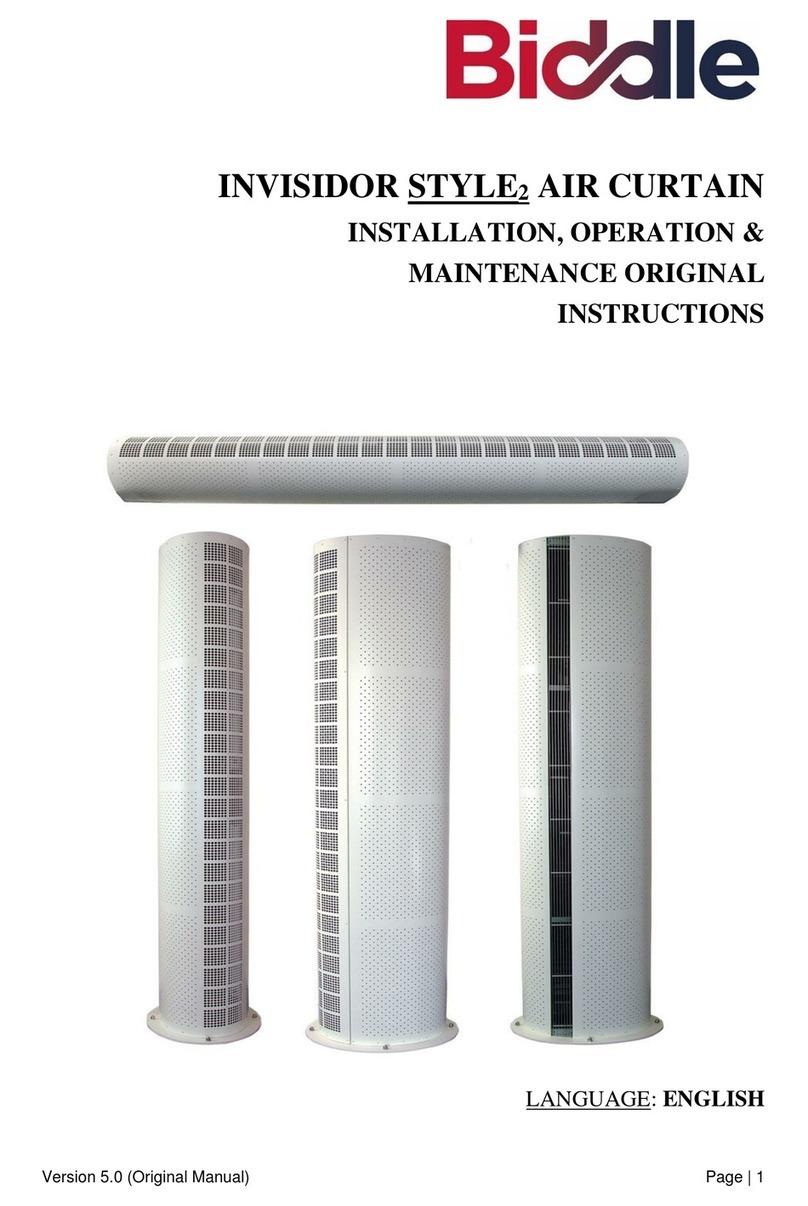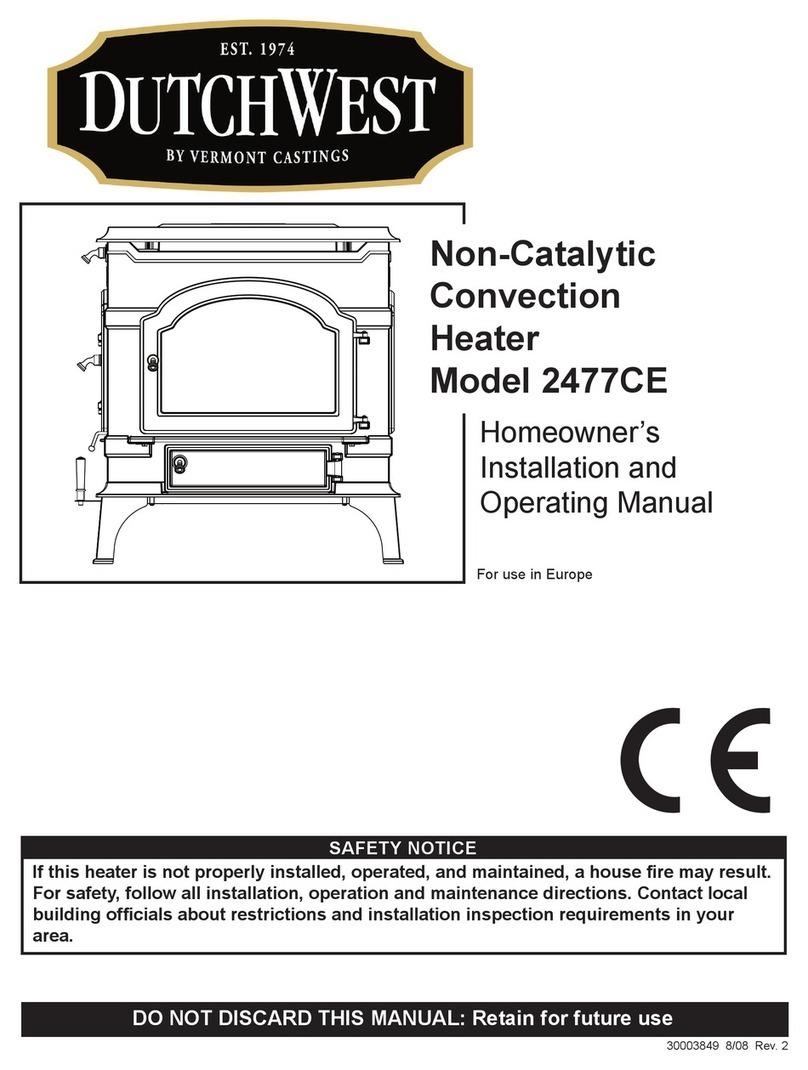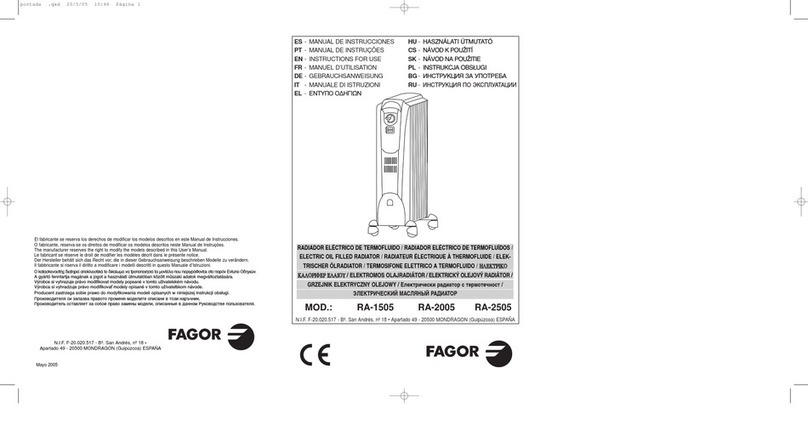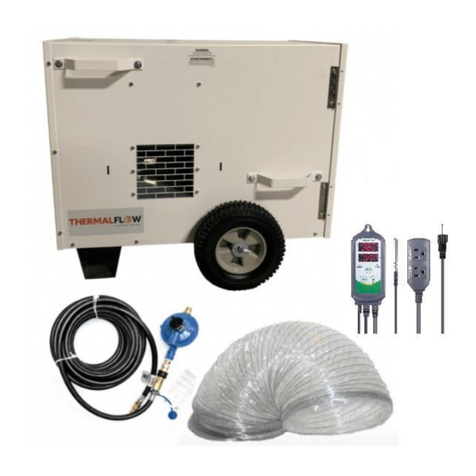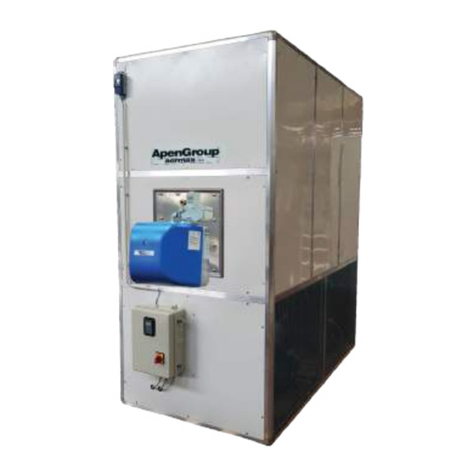
6
IHL_UDARA_2016_11_04_BEGB
• Always use the appliance with an installed front
cover.
A dangerous situation may occur if the appliance is
supplied with insufficient combustion air.
• Ensure there is a permanent and unobstructed
air supply to the set-up room of the appliance in
accordance with the applicable standards.
If you smell flue gases or you suspect there is a
combustion gas leak, you must intervene immediately.
• Open windows and doors and ventilate the
building.
• Switch off the product.
• Consult your installer and have the combustion
circuit checked for leaks or obstructions.
If the condensate trap is empty, flue gas may leak.
• Always use the appliance with a fully filled
condensate trap.
1.3.4 Danger of fatal injury because of electric
shocks
If you touch components that carry a current, there is
a danger of fatal injury because of an electric shock.
Before you work on the product:
• Ensure that the current to the appliance has been
disconnected.
• Protect against reconnection.
• Always wait a few minutes so that the capacitors in
motor controls, etc., are discharged.
1.3.5 Danger of fatal injury because of changes
Unauthorised changes to the product or set-up room
can lead to dangerous situations.
• Never remove, bypass or change the temperature
probes in the appliance.
• Sealed parts in the appliance must not be opened.
• Never change the piping for gas or the CAS/FGO
and the wiring for the voltage.
• The condensate discharge must always be
present and changes must never be implemented
regarding the condensate discharge.
1.3.6 Danger of fire or becoming trapped
If you want to connect the appliance without ductwork,
you must:
• Install a vent on the suction opening that impedes
access to the fan compartment;
• Install a vent or blow plenum on the blow hole so
that there is no direct access to the heat
exchanger compartment. This vent or plenum
must also ensure that flammable material cannot
fall on the heat exchanger.
These accessories are available from our range. If you
do not know which accessories you need, you can
contact your dealer for additional information.
• Also make absolutely sure that the environment in
which the appliance is being installed cannot lead
to any dangers because of floating dust and/or
flammable or corrosive substances or fumes.
Some parts of the appliance can become very hot
during and shortly after use.
• Only carry out activities such as maintenance after
the appliance has completely cooled down.
1.3.7 Risk of corrosion damage
Chemical products such as solvents, paints,
adhesives, soaps, etc., may lead to corrosion in the air
heater or in the CAS/FGO.
• Ensure that the combustion air is always dust-free
and is not polluted by fluorine, chlorine, sulphur
and other contaminants.
• If the combustion air is being supplied through a
chimney duct, it must not have been used in the
past as an FGO for fuel oil devices, coal or wood
burners or open fireplaces.
• If the appliance is set up in launderettes, ironing
parlours, swimming pool rooms, etc., the
appliance must be installed in a separate
set-up room in which the ambient air is free from
chemical contaminants.
• Combustion air that is insufficiently dust-free
can lead to an unreliable ignition and, in extreme
cases, even damage to the heat exchanger
because of internal dirt. If this risk exists, you must
order an intake filter for the CAS that is available
as an accessory.
1.3.8 Material damage because of unsuitable
tools
In addition to conventional tools, you also need a
number of specific tools to work on or maintain the
Udara appliance.
• You need a special square drill bit, size 2, to
loosen the tapping screws.
• In addition, you need a set of Allen wrenches with
a rounded side.
• Using a 0-10 Nm torque wrench is recommended.
• You must have a flue gas analysing device that
can measure the following substances in the flue
gases: NOx (nitrogen oxides), O2 (residual
oxygen) and CO (carbon monoxide). If your
appliance cannot measure NOx, it is strictly
prohibited to change the adjustment of the
appliance or to perform a manual calibration.
1.3.9 Material damage because of frost
If the appliance is not set up frost-free, the appliance
can be damaged. If the temperature of the suctioned
air drops far below freezing point, frost can even occur
in the heat exchanger itself.
In such a case, a bypass must be made using the air
outlet duct to the suction duct so that the suctioned air
is preheated.





